
Picture “The Crucifixion of Christ.” For Bosch, the image of Christ is the personification of mercy, purity of soul, patience and simplicity. He is opposed by the powerful forces of evil. They subject him to terrible tortures, physical and spiritual. Christ demonstrates to man an example of overcoming all difficulties. He is followed by both saints and some ordinary people.
Such a person, a pious donator, whose face resembles Christ’s face in its spirituality, is depicted by Bosch in the painting “The Crucifixion of Christ”. Bosch had to restrain his imagination in order to achieve in the picture the effect of solemn piety. The positive attitude, which bears the image of the donor, is supported by full of grace and harmony by the landscape.
Nature acts in Bosch in two ways: it is either a fantastic landscape, or quite specific, like this one, which the researchers consider as a kind of Hertogenbosch. We see how the world created by the Creator has been transformed by human activity: buildings have been erected, fields have been dug up and sown, roads have been built. And everywhere, like ants, against the backdrop of the greatness of nature, people swarm, scurry back and forth, obsessed with mortal, vain thoughts and desires.
Bosch, like many early Renaissance masters, has a very sharp contrast between the foreground and the far; according to the laws of linear perspective, the reduction in distance from the viewer’s eyes should occur more smoothly. But the less the landscape is associated with the main image, the more harmonious it is in itself. But the secrets of the air perspective to the artist are well known: he not only portrays the blue, but also envelops the removed objects with a haze that conceals their outlines.
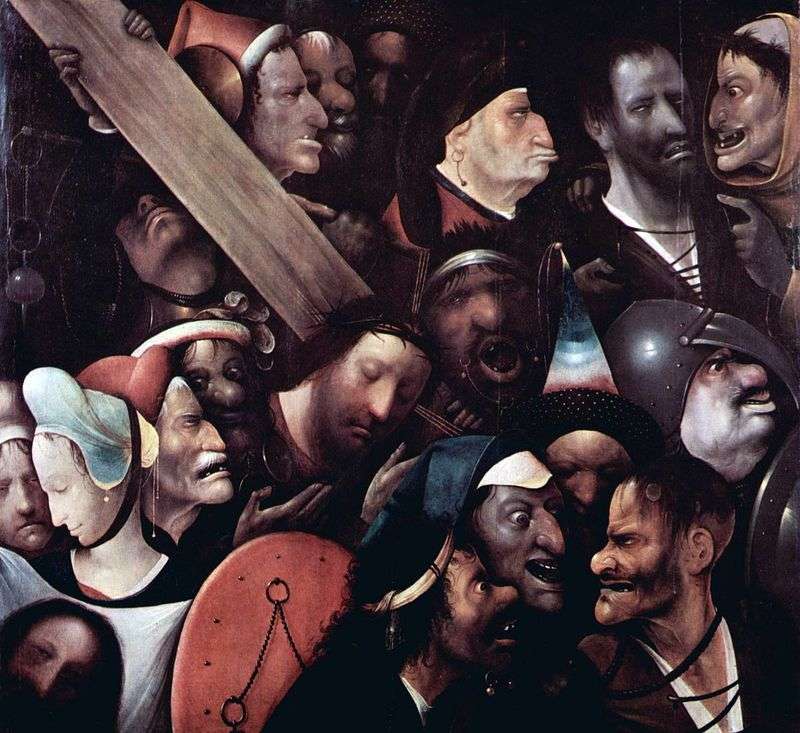 Carrying the cross by Hieronymus Bosch
Carrying the cross by Hieronymus Bosch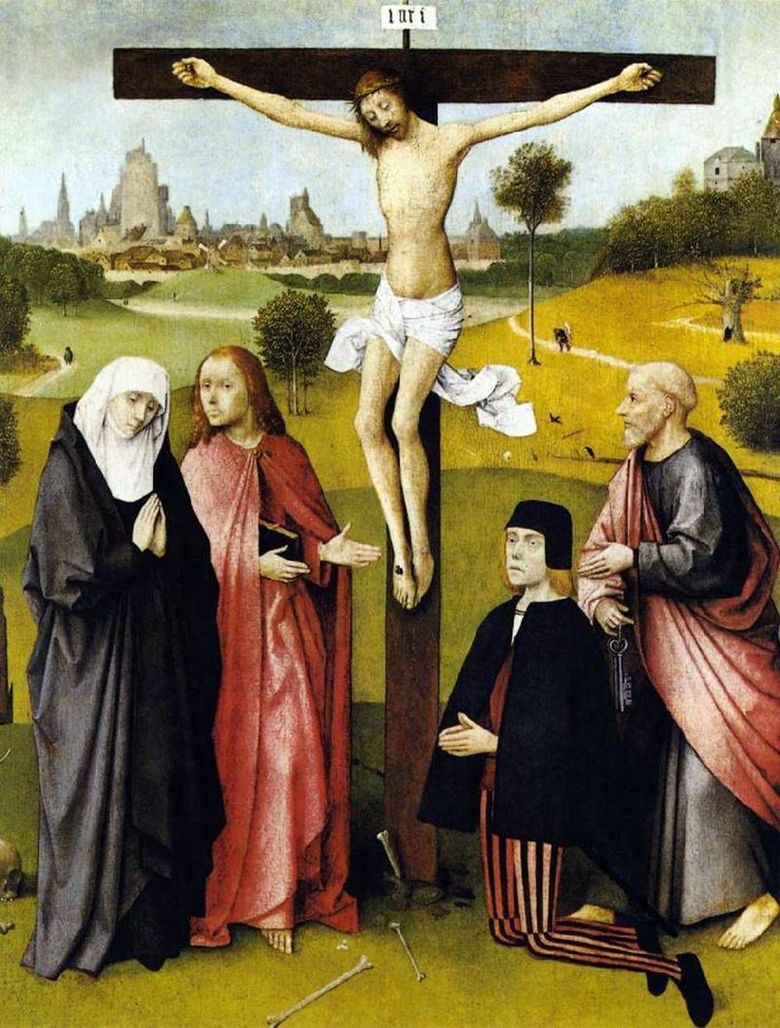 Crucifixion du Christ – Jérôme Bosch
Crucifixion du Christ – Jérôme Bosch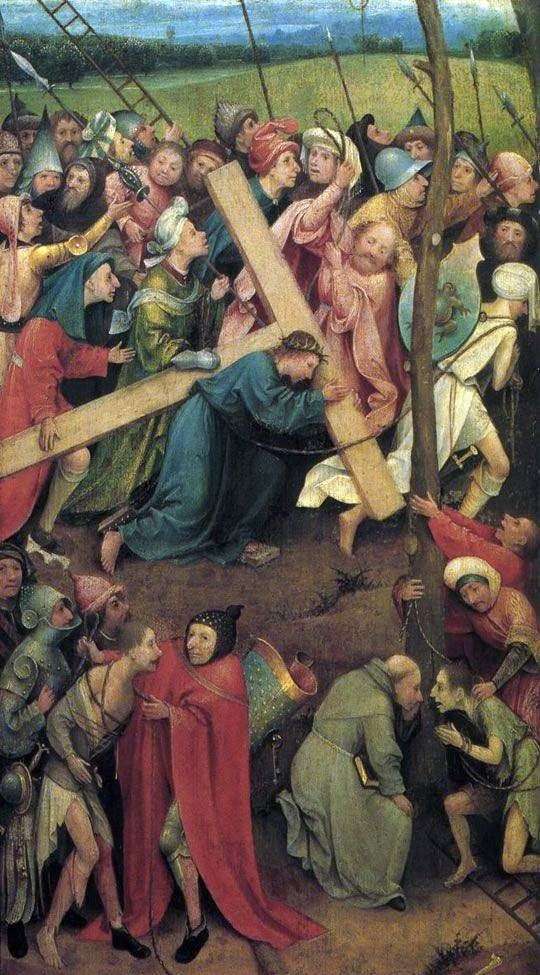 Carrying the Cross on Calvary by Hieronymus Bosch
Carrying the Cross on Calvary by Hieronymus Bosch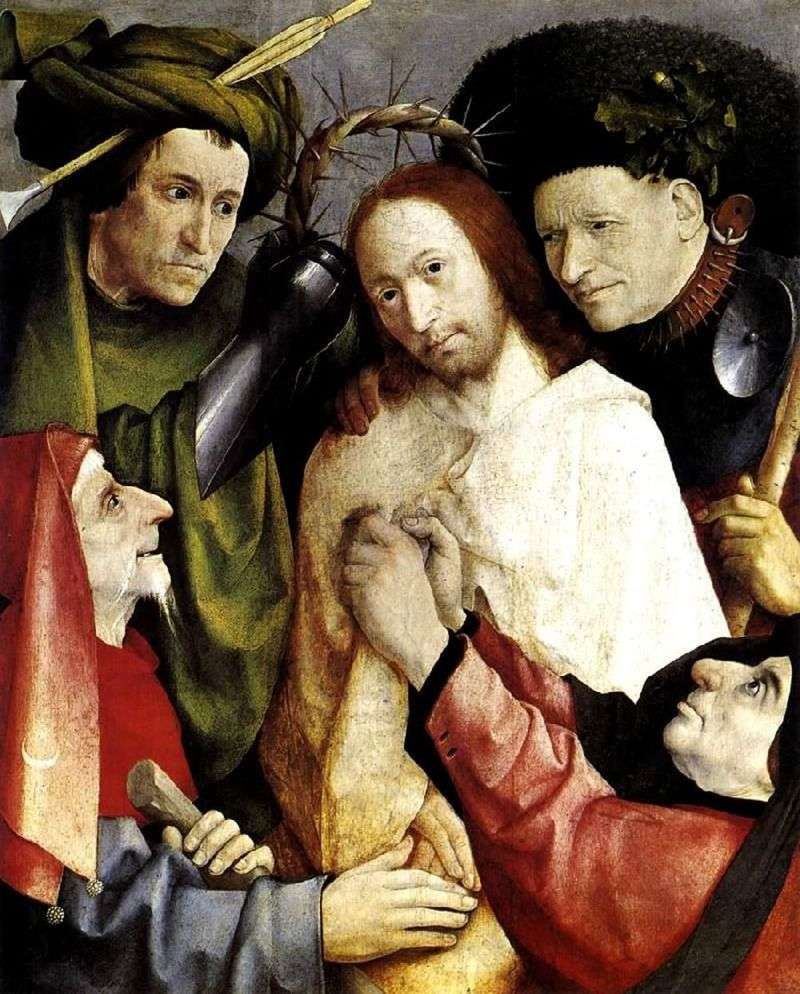 Crowning with thorns by Hieronymus Bosch
Crowning with thorns by Hieronymus Bosch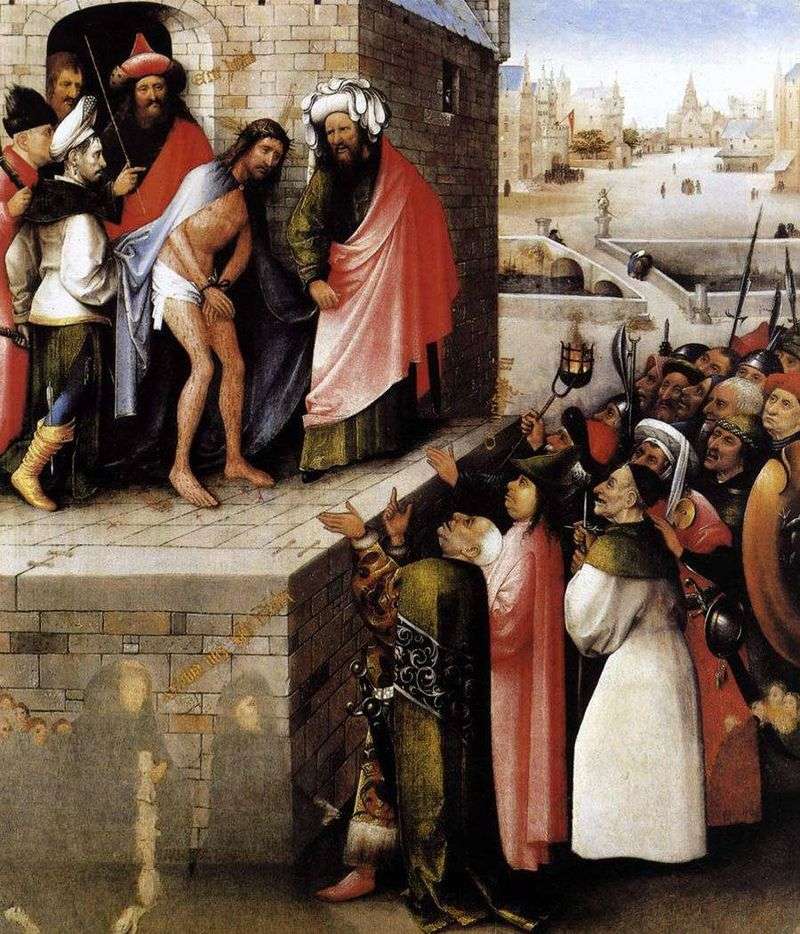 Ecce Homo by Hieronymus Bosch
Ecce Homo by Hieronymus Bosch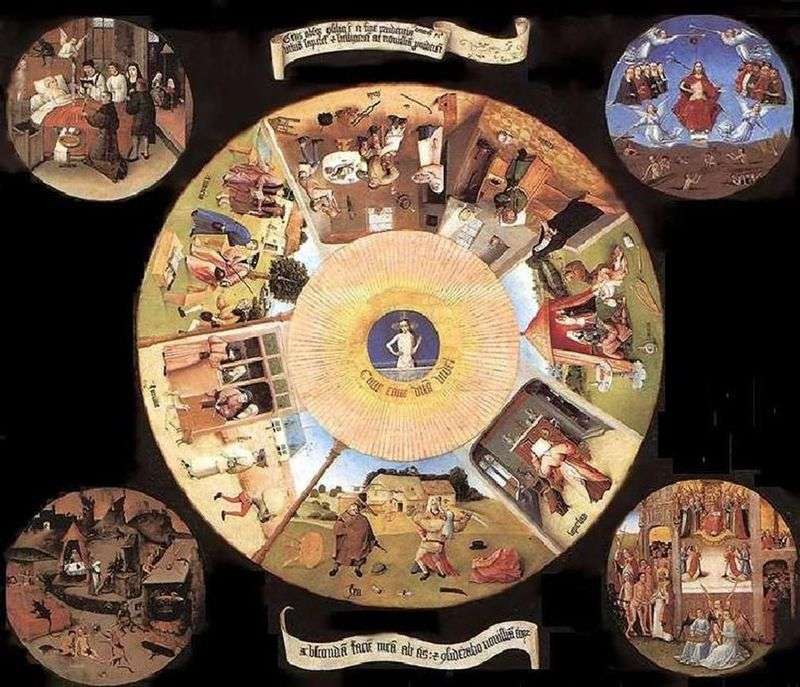 Seven deadly sins and the last four things by Hieronymus Bosch
Seven deadly sins and the last four things by Hieronymus Bosch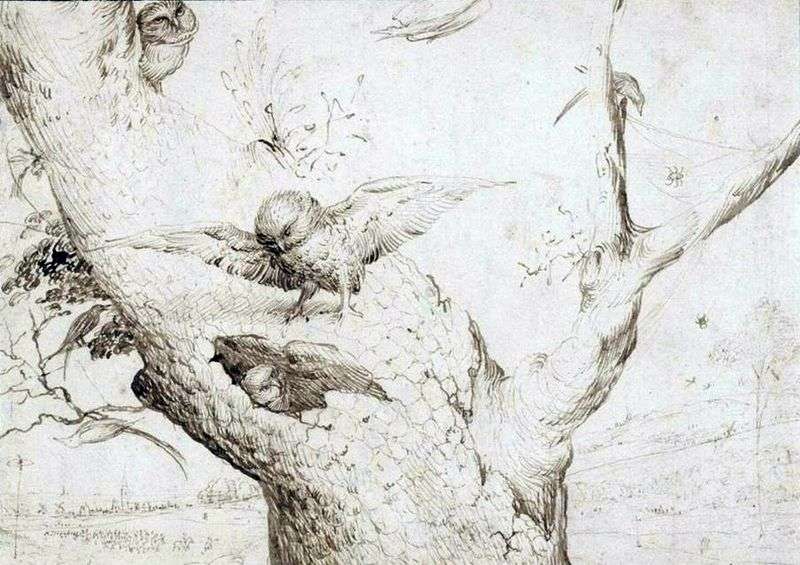 Nest of owls by Hieronymus Bosch
Nest of owls by Hieronymus Bosch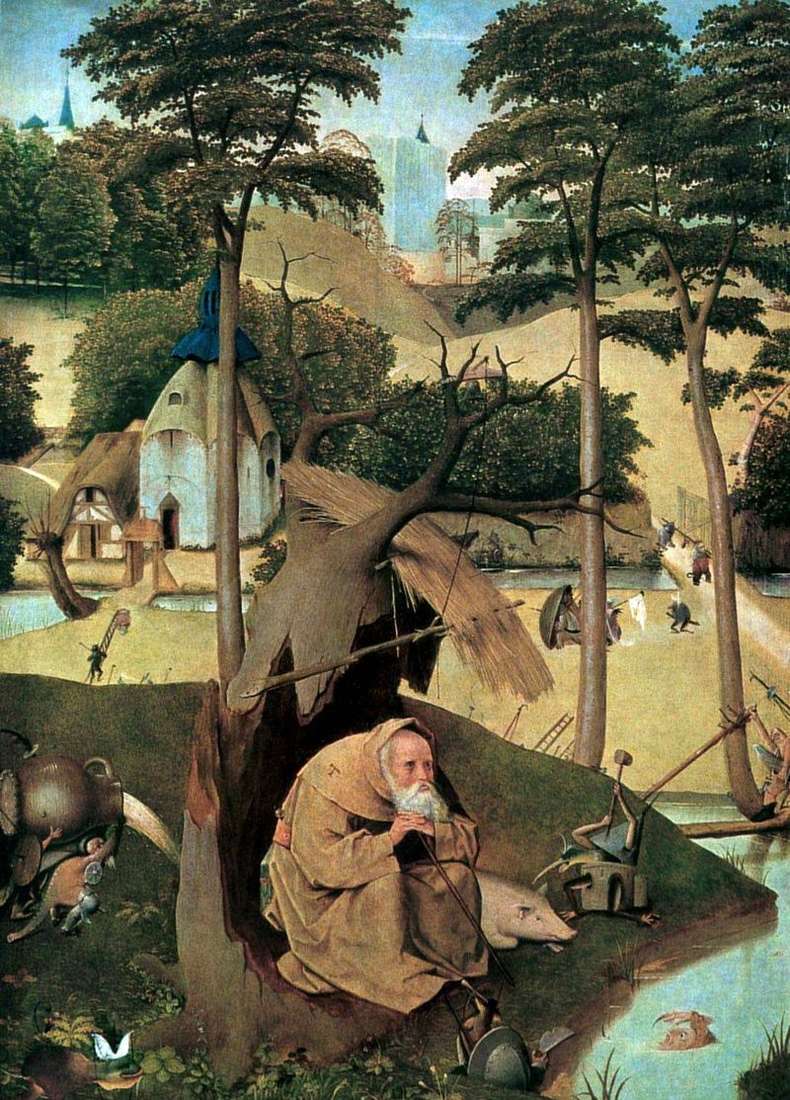 Saint Anthony by Hieronymus Bosch
Saint Anthony by Hieronymus Bosch